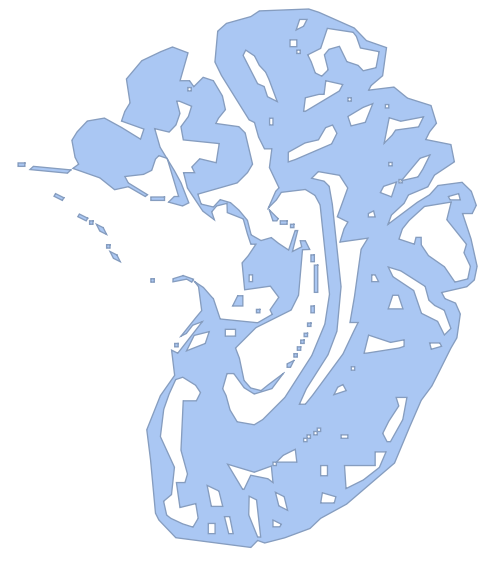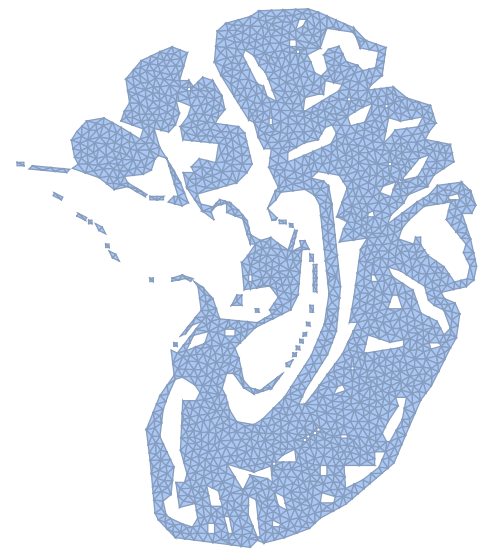
MATH347 L18: Geometric applications of determinants
|
-
New concepts:
-
Simplicia - simplest geometric object in dimensions
-
Volumes of simplicia
-
Volumes of complicated objects
-




